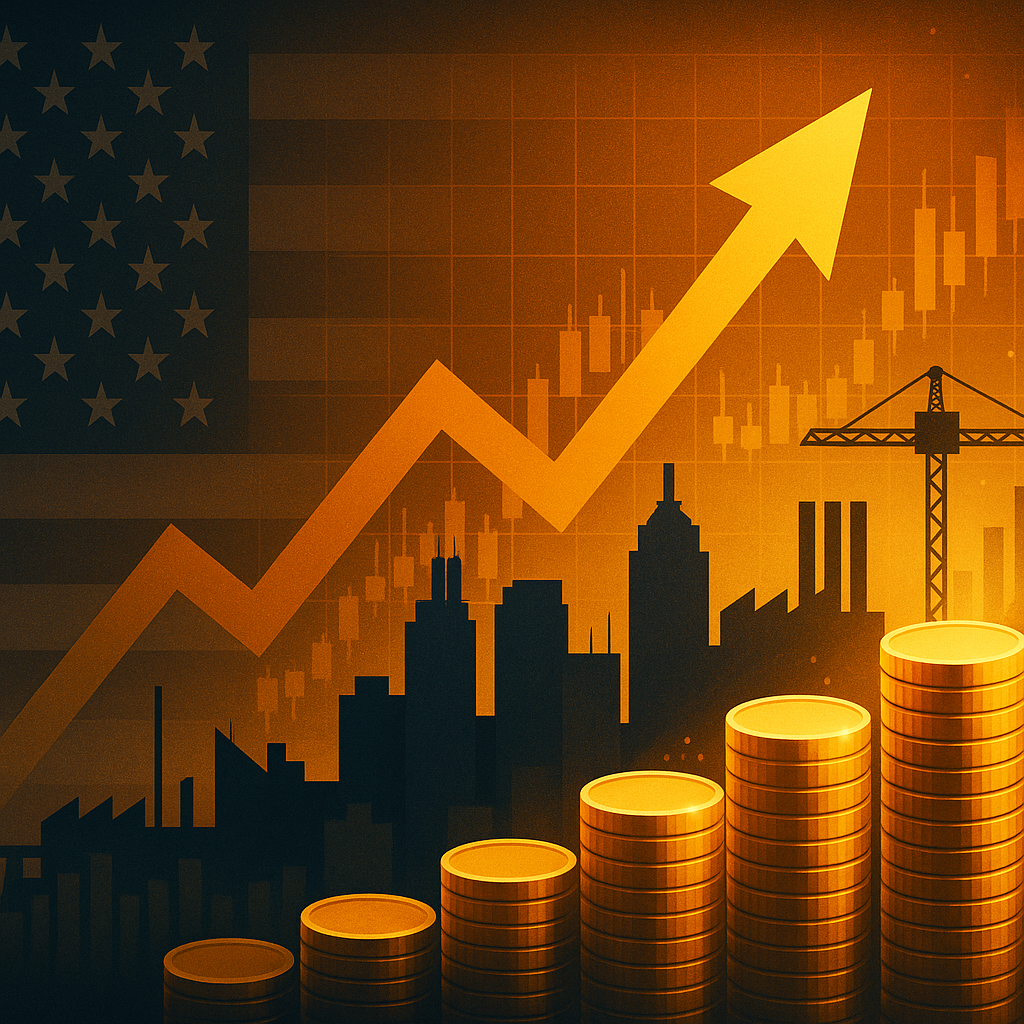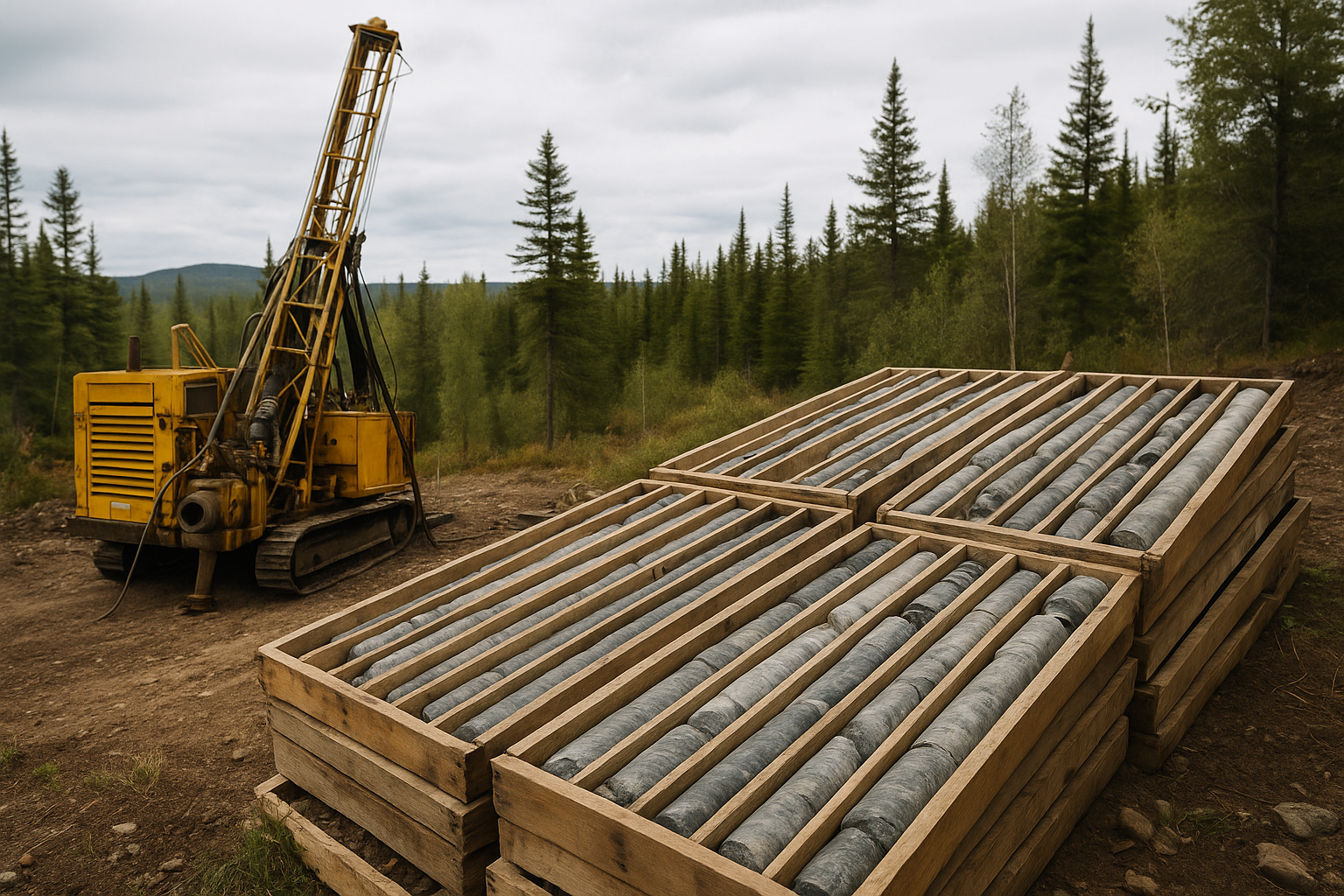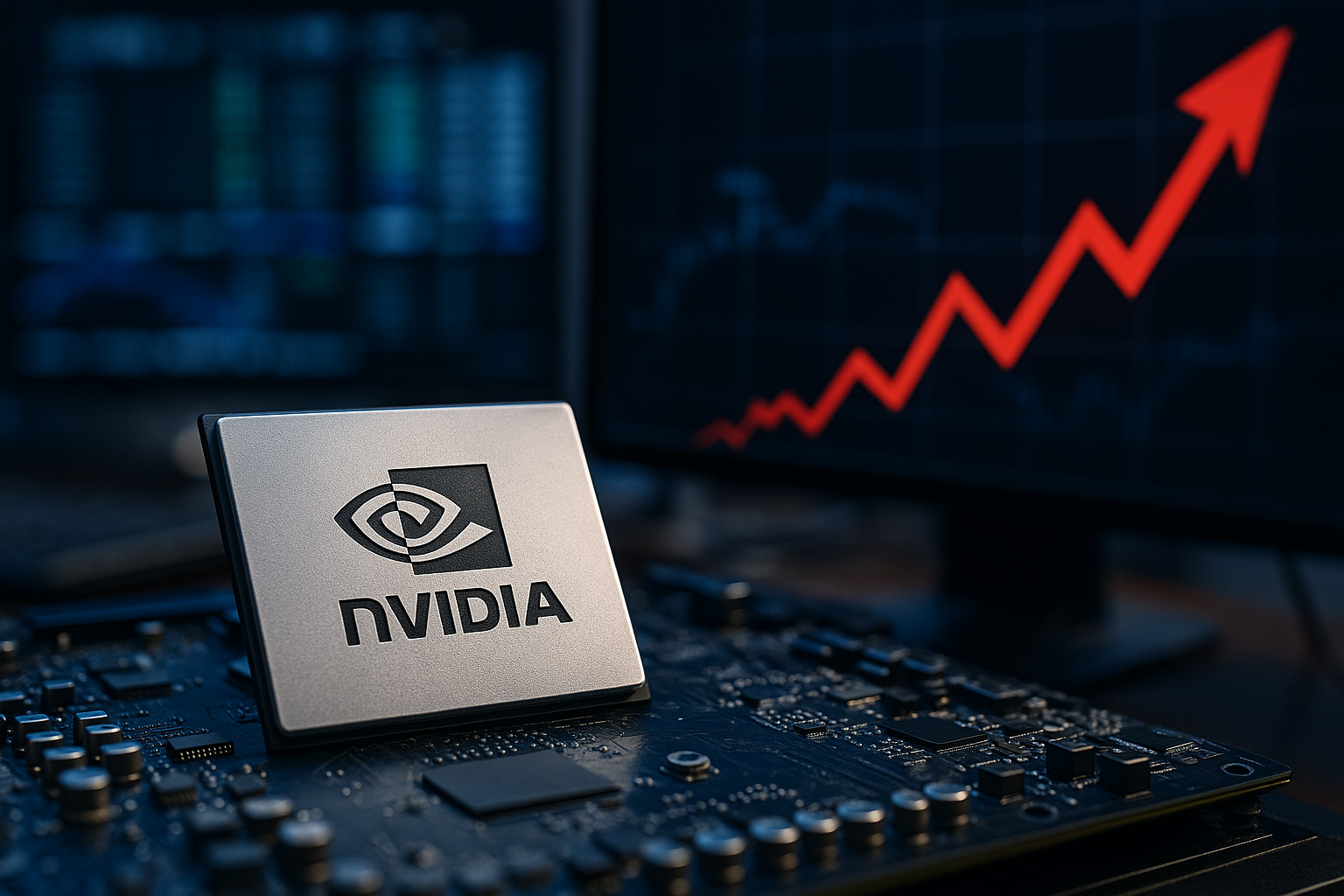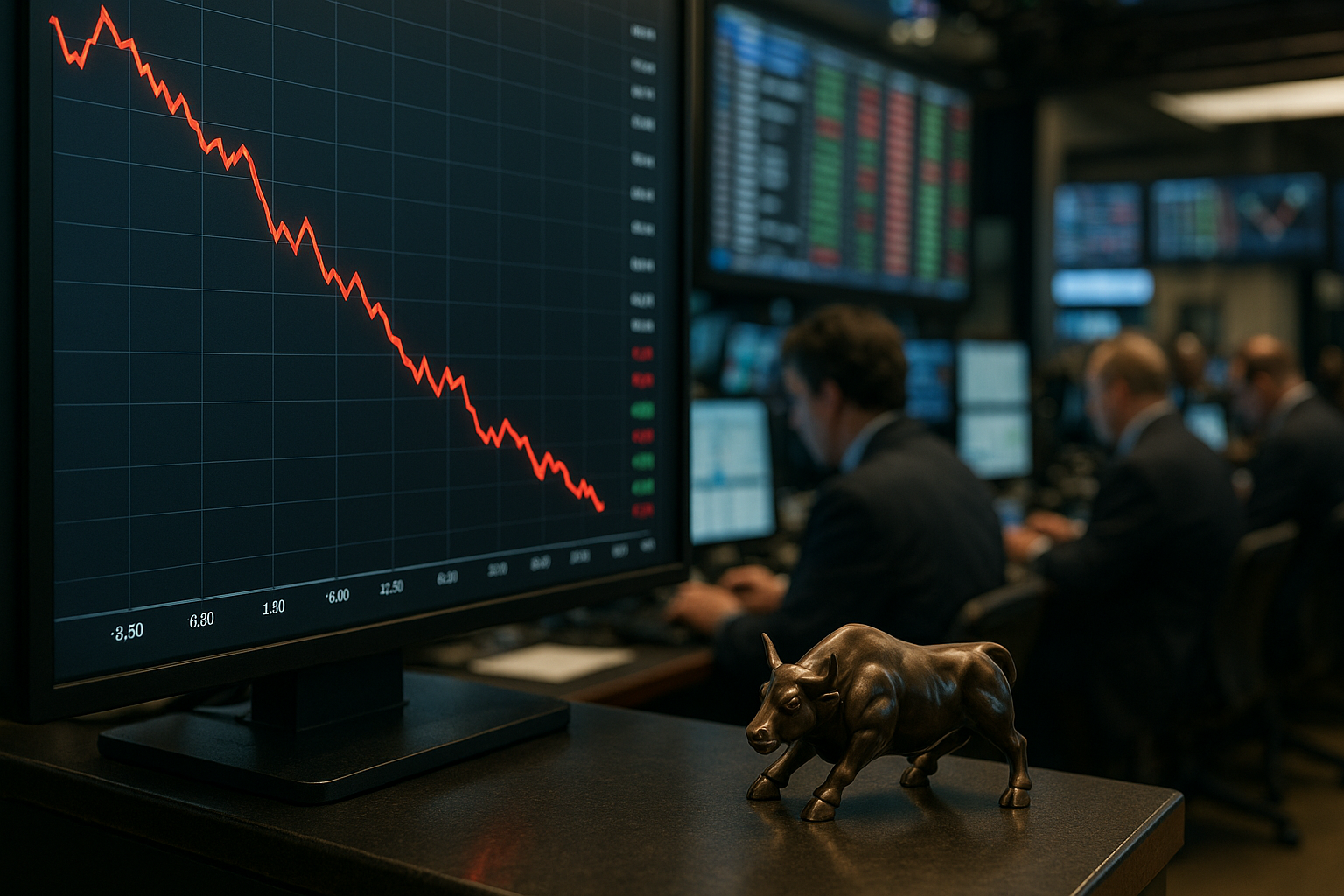While economic uncertainty continues to cloud short-term market sentiment, some of America’s largest corporations are doubling down on the future. In a move that signals growing confidence in structural growth themes, companies across sectors—from tech giants to industrial stalwarts—are ramping up capital expenditures (capex). The focus: artificial intelligence, domestic manufacturing, infrastructure, and energy resilience.
According to a detailed analysis by Reuters, this trend is gaining momentum even as economic headwinds—from elevated interest rates to geopolitical instability—persist. The implication for investors is clear: corporate America is not just bracing for a slowdown; it’s building through it.
Corporate America Is Spending—Strategically
For the first half of 2025, U.S. non-financial corporations reported a 14% year-over-year increase in capex, driven by key investment themes:
- AI Infrastructure: Companies like Microsoft, Amazon, and Alphabet have collectively allocated more than $140 billion to expand data centers and integrate generative AI tools into enterprise services.
- Reshoring and Manufacturing: With global supply chains still reconfiguring post-pandemic, manufacturers including General Motors and Intel are bringing operations back to U.S. soil. Intel alone committed over $100 billion through 2030 to build chip foundries in Ohio and Arizona.
- Industrial Modernization: Caterpillar and Deere are investing heavily in smart manufacturing and autonomous machinery to boost productivity and reduce cost volatility.
This robust capex growth contrasts starkly with the relatively tepid pace of hiring, suggesting that companies are prioritizing productivity gains and long-term scalability over short-term expansion.
Why This Matters for Investors
1. Sign of Confidence in Long-Term Growth
Despite ongoing macro uncertainty, corporate willingness to invest is a strong leading indicator of strategic confidence. According to Goldman Sachs, capex cycles often precede earnings upturns by 6–12 months. Historically, periods of rising capex have been associated with S&P 500 outperformance over subsequent quarters.
Firms are positioning themselves to benefit from emerging economic transformations rather than reacting to cyclical noise—a bullish signal for forward-looking investors.
2. Sectors in Focus: Tech and Industrials
Capex-heavy sectors are seeing renewed investor interest. The technology sector—especially AI-related infrastructure and semiconductors—has outpaced the broader market in the last quarter. Meanwhile, the industrials sector, often overlooked during tech-dominated bull runs, is experiencing a renaissance fueled by reshoring and infrastructure stimulus.
Notably, the SPDR S&P Industrial ETF (XLI) and Global X U.S. Infrastructure Development ETF (PAVE) have both seen net inflows exceeding $1.2 billion in June alone, according to FactSet.
3. Policy Support and Incentives Add Tailwinds
Government policies such as the CHIPS and Science Act, Inflation Reduction Act, and Bipartisan Infrastructure Law are providing generous subsidies and tax credits that enhance capex returns. These policies are acting as catalysts—especially for sectors like clean energy, transportation, and advanced manufacturing.
The Biden administration has allocated over $550 billion in new spending for infrastructure upgrades, much of which is designed to be deployed through public-private partnerships.
Future Trends to Watch
- AI-First Supply Chains: Companies integrating predictive AI into logistics and operations are expected to reduce downtime and cost overruns—opening opportunities in logistics tech and AI software providers.
- Sustainable Capex: ESG-focused capex, particularly in renewable energy and battery storage, is poised to accelerate as institutional investors push for sustainability-linked investment frameworks.
- Capex-to-Revenue Ratios: Watch for firms increasing this metric ahead of their industry peers—it often signals a strong innovation pipeline or a coming strategic expansion.
Key Investment Insight
The surge in corporate capital investment signals a secular, not cyclical, bet on transformation. Investors should consider positioning around industries and companies leading the charge—especially those investing in infrastructure automation, AI integration, and energy resilience.
Top funds to watch include Vanguard Information Technology ETF (VGT), iShares U.S. Industrials ETF (IYJ), and Invesco QQQ, all of which hold concentrated exposure to capex-intensive innovation leaders.
Stay Ahead of the Curve
As U.S. corporations commit billions to reshape their operational backbones, the investment landscape is shifting toward long-term efficiency, security, and innovation. For investors seeking insight into the next growth cycle, following the money—and where it’s being spent—has never been more important.
Stay informed with MoneyNews.Today, your daily edge on market momentum, investment intelligence, and the trends driving tomorrow’s portfolio decisions.





